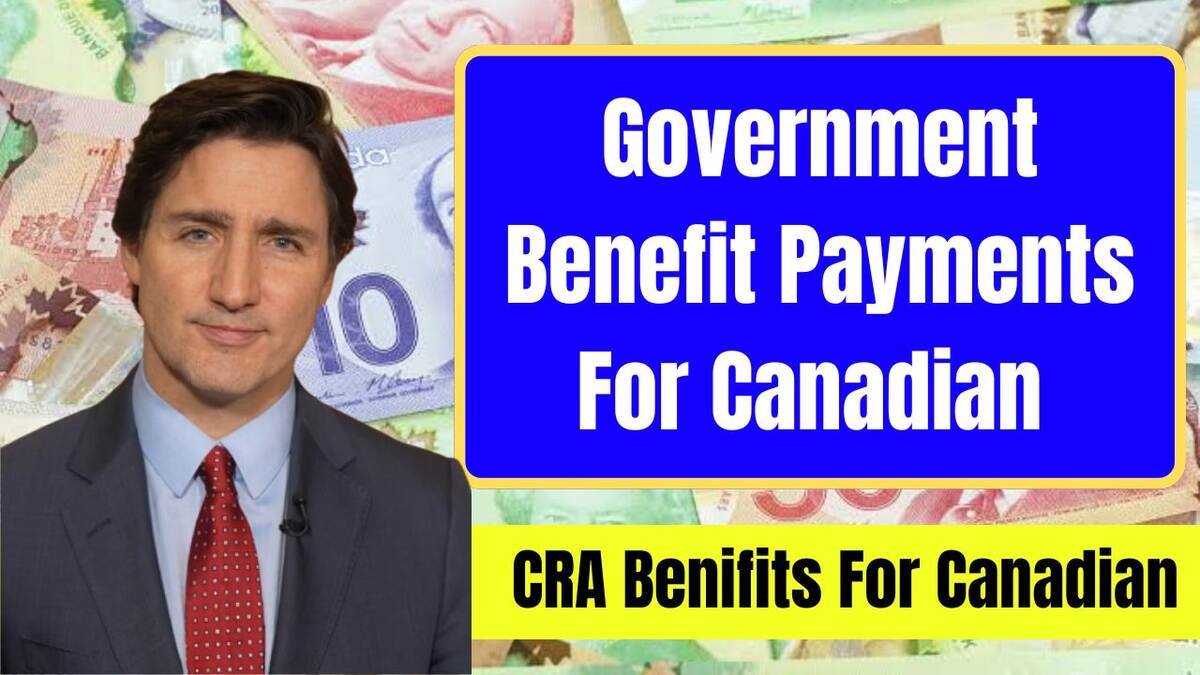In this, year 2025, the many government benefit payments for the Canadian residents managed by the Canada Revenue Agency (CRA) are included in items introduced for the financial support of the Canadian residents during their needy days in life. These programs aim to relieve the financial burden on low-income families, senior citizens, children, and individuals with disabilities, among others. Some of the important government benefits that Canadians can avail in 2025 are as follows:
1. Canada Child Benefit (CCB)
The most important feature for households in Canada with children is truly the Canada Child Benefit (CCB) program. Here, money gets transferred monthly to the appropriate families that have any children less than 18 years of age. The amount of the benefit would mostly depend on household income and the number of children. The expectation for most low- and middle-income families is that they will get bigger money instalments. In that year of 2025, this scheme would have student families well on their way in terms of finances made available to them from housing, food, and education.
2. GST/HST Credit
It is a non-taxable amount that is paid to such individuals or households that are poor and medium, on a quarterly basis, as an attempt to compensate for GST or HST burden over the purchase of goods and services. In 2025, the CRA will continue providing this credit, which changes with the size of the household and its income. The provision would be expected to alleviate the burden of indirect taxes, making the amounts provided to citizens an expected and periodic flow of income.
3. Old Age Security (OAS) and Guaranteed Income Supplement (GIS)
The OAS is a pension program for elderly people of Canada, aged 65 or older. It is government-based and provides monetary aid to Canadians who are aged 65 or above. The amount of OAS can vary as per the individual’s residency history and is subject to periodic adjustments for inflation. Seniors may also receive the Guaranteed Income Supplement (GIS) starting in 2025 which would give an additional amount that will supplement little to no income. The provision of these payments assures that seniors will have a minimum standard of living and would not need to be struggling in finances during their retirement years.
4. Disability Benefits
Under these disability programs, the CRA has a wide variety of income support programs targeted towards enabling beneficiaries to continue living with a degree of independence. One of the most important benefits is the Disability Tax Credit (DTC), which helps decrease the tax burden on individuals having a severe and prolonged disability. Apart from this, an individual may also be able to avail himself of the monthly offerings of the Canada Pension Plan Disability (CPP-D) should he become enabled from employment due to a disability. Such support is vital for individuals with a disability as it provides them with the basic alternative source for medical equipment, supplies, and living expenses.
5. Canada Workers Benefit (CWB)
The CWB is specifically for the working poor, providing them capacity to income support. The CWB will still be available for working individuals meeting income and work standards in 2025. It is a valuable extra income to the working poor, in an effort to fight poverty and encourage people to work through a refundable tax credit.
6. Emergency and Special Benefits
While not a common set of benefits, the CRA may be able to provide emergency financial assistance or special benefits under certain conditions. For instance, following natural disasters, health emergencies, or economic downturns, Canadians may possibly qualify for one-time payments. Such payments would provide individuals and families with timely assistance when faced with an unexpected crisis.
Also Read: Canada Tax 2025: Income Brackets, Maximum Tax And Filing Procedure
